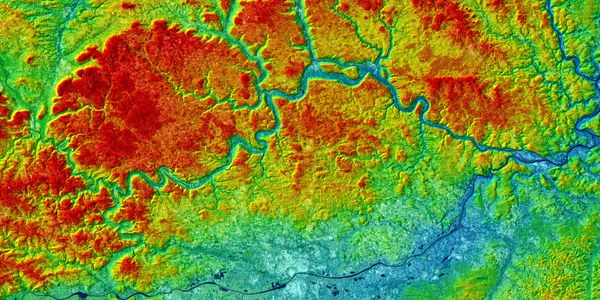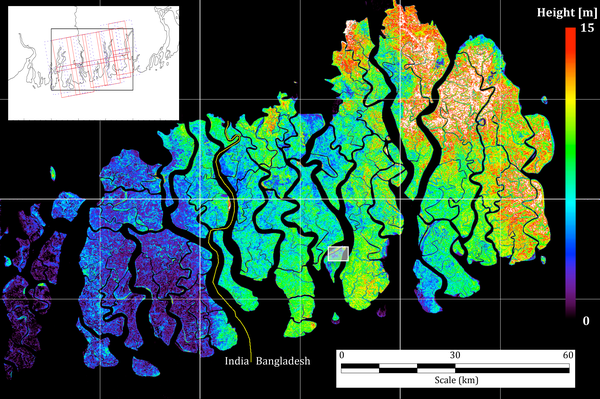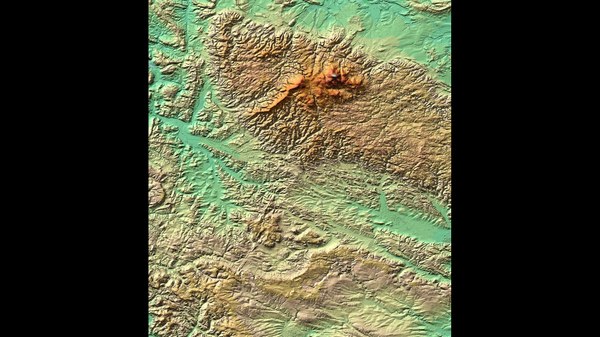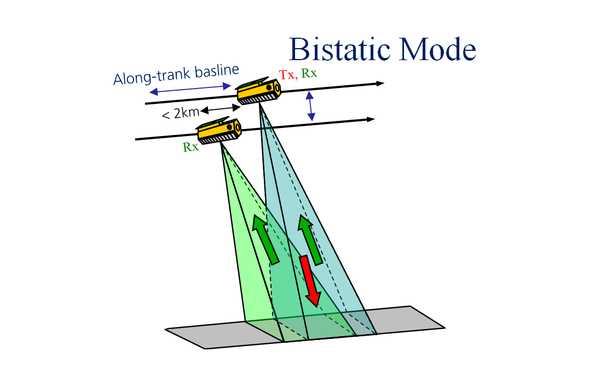TanDEM-X
TanDEM-X (TerraSAR-X add-on for Digital Elevation Measurement) opens a new era in space borne radar remote sensing. The first bistatic SAR mission, is formed by adding a second, almost identical spacecraft, to TerraSAR-X and flying the two satellites in a closely controlled formation with typical distances between 250 and 500 m.








